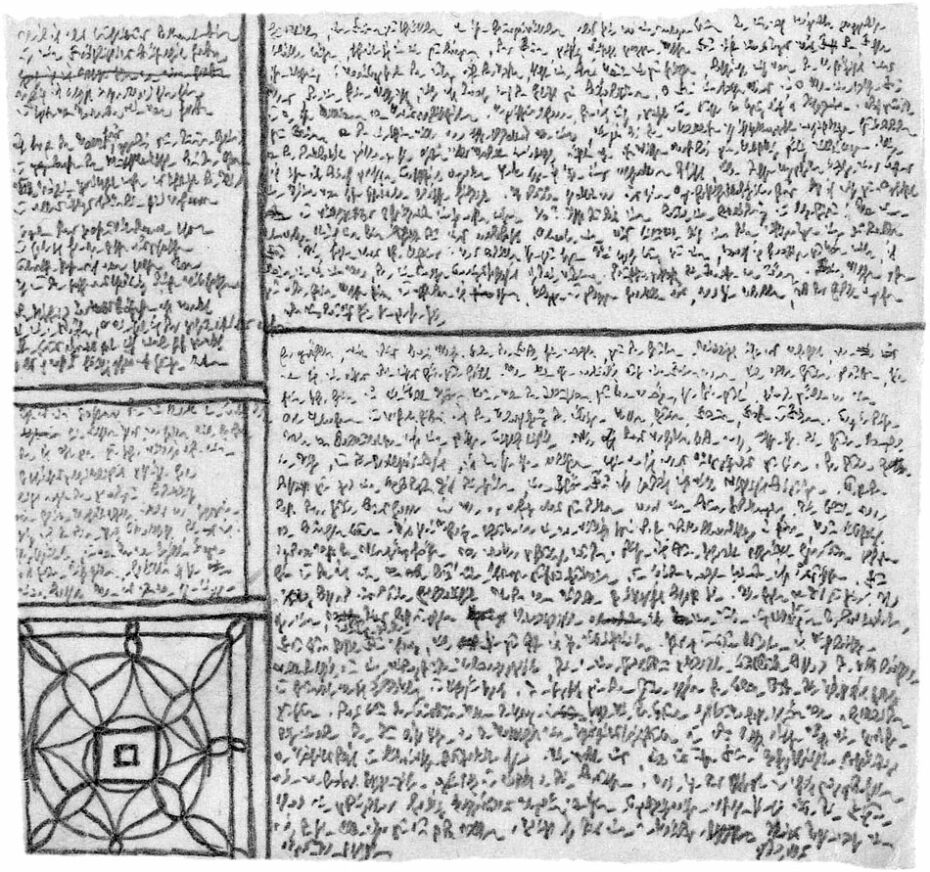Pope Francis, who’s been head of the Catholic Church for a decade now, is officially Pontiff number 266. But if you scroll through Wikipedia’s list of popes, you’ll see quite a few entries without numbers, their rows cast in a disreputable-looking darker shade of gray. The presence of several such unofficial Popes usually indicates particularly interesting times in the history of the Church, and thus the history of Western civilization itself. The new TED-Ed video above, written by medieval history professor Joëlle Rollo-Koster, tells of the only period in which three popes vied simultaneously for legitimacy. This was The Western Schism — or the Papal Schism, or the Great Occidental Schism, or the Schism of 1378.
However one labels it, “the origins of this papal predicament began in 1296, when France’s King Philip IV decided to raise taxes on the church.” So begins the narrator of the video, which animates the historical scenes he describes in the style of a medieval illuminated manuscript. (It includes many amusing details, though I haven’t managed to spot any aggressive rabbits or snails, to say nothing of butt trumpets.) Pope Boniface VIII, the Church’s leader at the time, responded with the Unam Sanctam, “a radical decree asserting the pope’s total supremacy over earthly rulers.” The clash between the two resulted in the death of Boniface, who was eventually replaced in 1305 by Clement V.
As “a French diplomat seeking peace in the war between England and his homeland,” Clement strategically moved the seat of the papacy to Avignon. Seven popes later, the papacy moved back to Italy — not long before the death of Gregory XI, the Pontiff who moved it. Out of the chaotic process of selecting his successor came Pope Urban VI, who turned out to be “a reformer who sought to limit the cardinals’ finances.” Those cardinals then “denounced Urban as a usurper” and elected Pope Clement VII to replace him. But Urban refused to relinquish his position, and in fact “entrenched himself in Rome while Clement and his supporters returned to Avignon.”
This began the schism, splitting Western Christendom between the capitals of Avignon and Rome. Each capital kept its line going, replacing popes who die and perpetuating the situation in which “European rulers were forced to choose sides as both popes vied for spiritual and political supremacy.” Only in 1409 did a group of cardinals attempt to put an end to it, electing a new pope themselves — who went unrecognized, of course, by the existing popes in Rome and Avignon. The schism went on for nearly 40 years, underscoring the alliterative truth that “even those who are supposed to be pious are prone to petty power struggles.” Most popes, like any figures of power, must feel lonely at the top — but that’s surely better than when it’s too crowded there.
Related content:
Listen to a Brief History of Papal Abdication
Animated: Stephen Fry & Ann Widdecombe Debate the Catholic Church
Pope John Paul II Takes Batting Practice in California, 1987
Based in Seoul, Colin Marshall writes and broadcasts on cities, language, and culture. His projects include the Substack newsletter Books on Cities, the book The Stateless City: a Walk through 21st-Century Los Angeles and the video series The City in Cinema. Follow him on Twitter at @colinmarshall or on Facebook.



